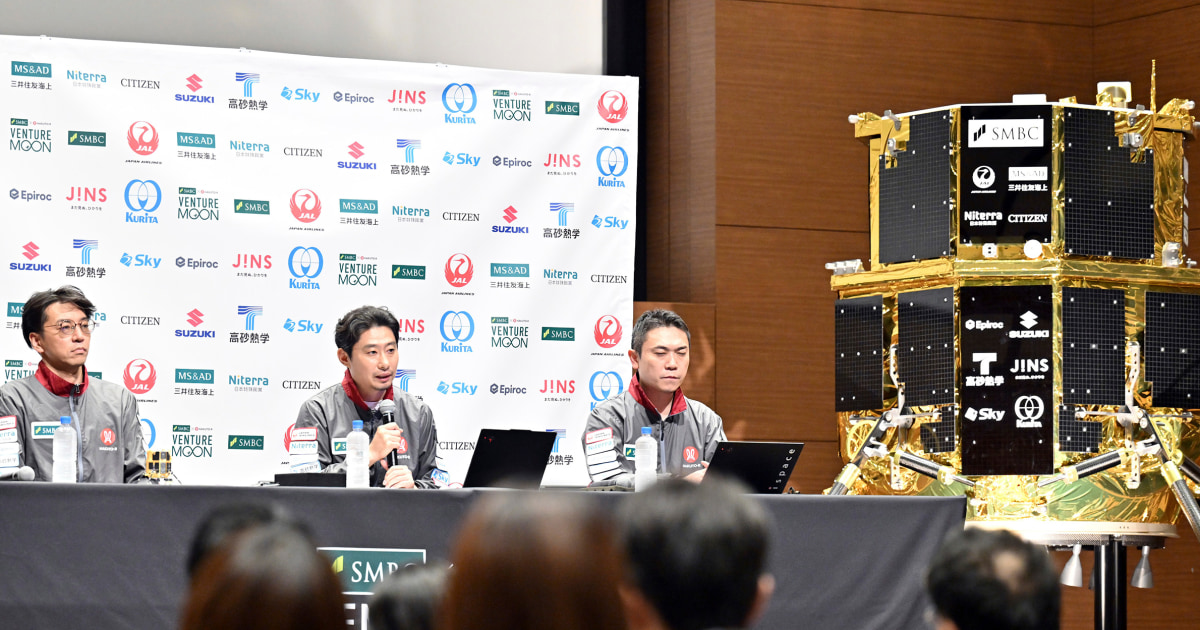Ispace's Resilience Lunar Lander Crashes During Moon Landing Attempt
Ispace's Resilience lunar lander crashed during its descent to the Moon, marking the company's second failed mission in lunar exploration.
Overview
Ispace's Resilience lunar lander crashed while attempting to land on the Moon's Mare Frigoris, losing communication just two minutes before touchdown. This mission aimed to deploy the Tenacious rover, designed to collect lunar samples for NASA. CEO Takeshi Hakamada expressed regret over the failure, which follows a previous unsuccessful attempt two years ago. Preliminary analysis suggests a malfunction in the altitude measurement system led to a hard landing. Despite setbacks, Hakamada emphasized the company's commitment to future lunar missions, with plans for a larger lander by 2027 involving NASA.
Content generated by AI—learn more or report issue.

Get both sides in 5 minutes with our daily newsletter.
Analysis
- The articles reflect a mix of optimism and disappointment in lunar exploration efforts by Europe and Japan.
- Japan's ispace lunar lander missions show resilience and innovation, despite previous failures, indicating a positive trend in commercial space.
- Europe faces setbacks with its Tenacious rover, raising concerns about the future of its lunar exploration ambitions.
Articles (12)
Center (7)
FAQ
The Resilience mission is significant for ispace as it follows a previous failure, aiming to deploy the Tenacious rover, which would gather lunar samples for NASA. This mission marks a critical point in commercial lunar exploration, involving the European Space Agency and ispace-EUROPE.
The Resilience lander was intended to land in the northern region of Mare Frigoris, with three potential backup landing sites.
The ispace Resilience lander lost contact 90 seconds before landing, raising concerns about its fate and threatening the mission.
History
- 1M

 4 articles
4 articles
- 1M

 3 articles
3 articles










